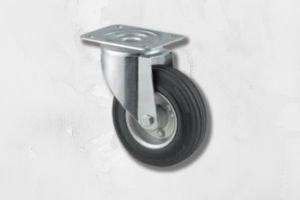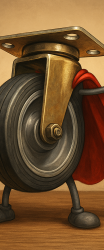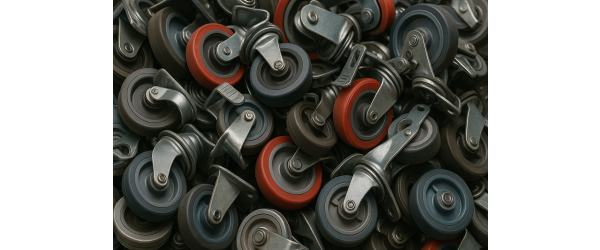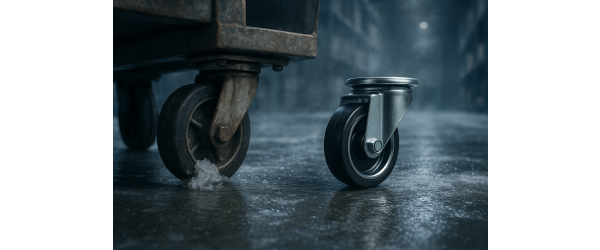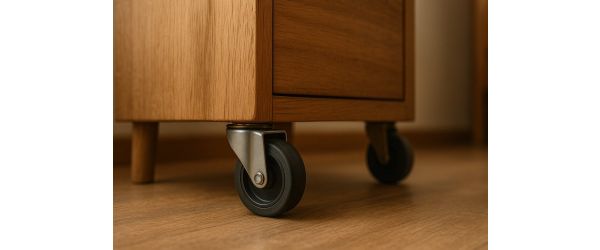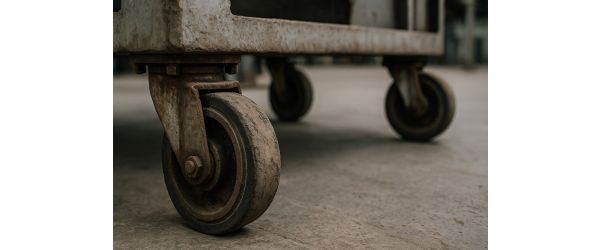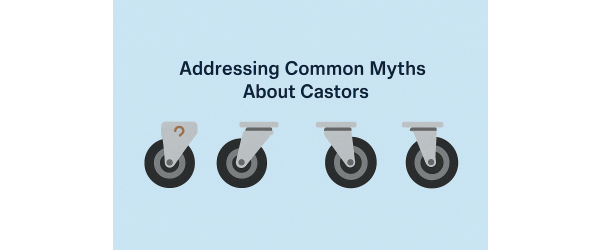Swivel castor wheels are indispensable components in various applications, providing essential mobility and manoeuvrability. However, like any mechanical part, they are subject to wear and tear over time. Knowing when to replace your swivel castor wheels is crucial to maintain efficiency, safety, and overall performance. In this comprehensive guide, we'll delve into the signs that indicate it's time for a replacement and offer detailed insights into selecting new swivel castor wheels that meet your needs.
Signs It's Time to Replace Your Swivel Castor Wheels
- Uneven Wear: Regularly inspect the treads of your swivel castor wheels. Uneven wear patterns, such as flat spots, excessive wear on one side, or tread separation, are clear indicators that it's time for a replacement.
- Loss of Mobility: If your equipment becomes increasingly challenging to move or manoeuvre, despite regular maintenance, it could be due to worn or damaged swivel castor wheels. Sticking, jerking, or uneven rolling are common symptoms of wheel deterioration.
- Excessive Noise: Pay attention to the operational sounds of your equipment. Noisy operation, such as squeaking, grinding, or rattling, is often a sign of worn or damaged swivel castor wheels. Smooth, quiet operation is characteristic of well-functioning castor wheels.
- Visible Damage: Conduct a visual inspection of your swivel castor wheels for any visible signs of damage, including cracks, chips, or missing parts. Damage compromises the structural integrity of the wheels and can lead to safety hazards if left unaddressed.
- Reduced Load Capacity: If your swivel castor wheels struggle to support the intended load or show signs of deformation under load, it's essential to consider replacement. Overloading can accelerate wear and damage, compromising both performance and safety.
Choosing New Swivel Castor Wheels
When selecting replacement swivel castor wheels, several factors should be taken into consideration:
- Load Capacity: Ensure that the chosen castor wheels have a load capacity that exceeds your equipment's weight requirements to guarantee safety and longevity.
- Wheel Material: Select a wheel material that best suits your application and floor type. Common materials include rubber, polyurethane, and nylon, each offering distinct advantages in terms of durability, shock absorption, and floor protection.
- Mounting Type: Determine the appropriate mounting type for your equipment, whether it's a plate, stem, or bolt hole. Ensure compatibility with your existing mounting hardware for seamless installation.
- Size and Dimensions: Accurately measure the diameter, width, and overall height of your existing castor wheels to select replacements that fit perfectly within the available space and maintain the desired clearance.
Conclusion
Regular inspection and maintenance of swivel castor wheels are essential practices to uphold optimal performance and safety standards. By promptly recognising the signs of wear and knowing when to replace them, you can avoid costly downtime, prevent accidents, and prolong the lifespan of your equipment.
For a comprehensive range of high-quality swivel castor wheels and replacement parts, look no further than Castors-Online.co.uk. With our extensive selection and expertise, you can keep your equipment rolling smoothly and reliably in any setting.
